Why pay more for a mass-produced bike? Custom frames are more attractive than ever
The custom frame market has a lot to offer, including, in some cases, a better riding experience for less
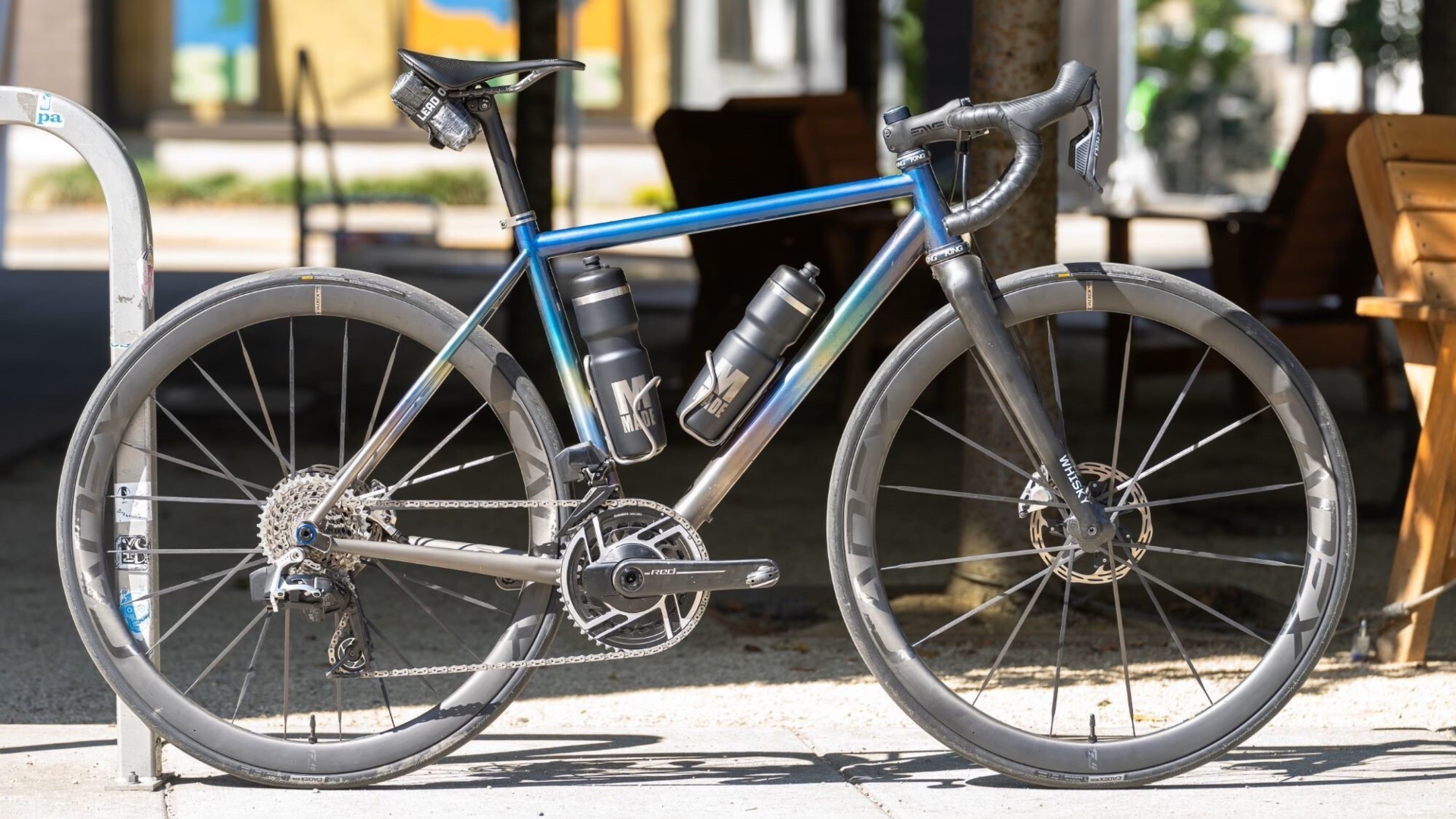
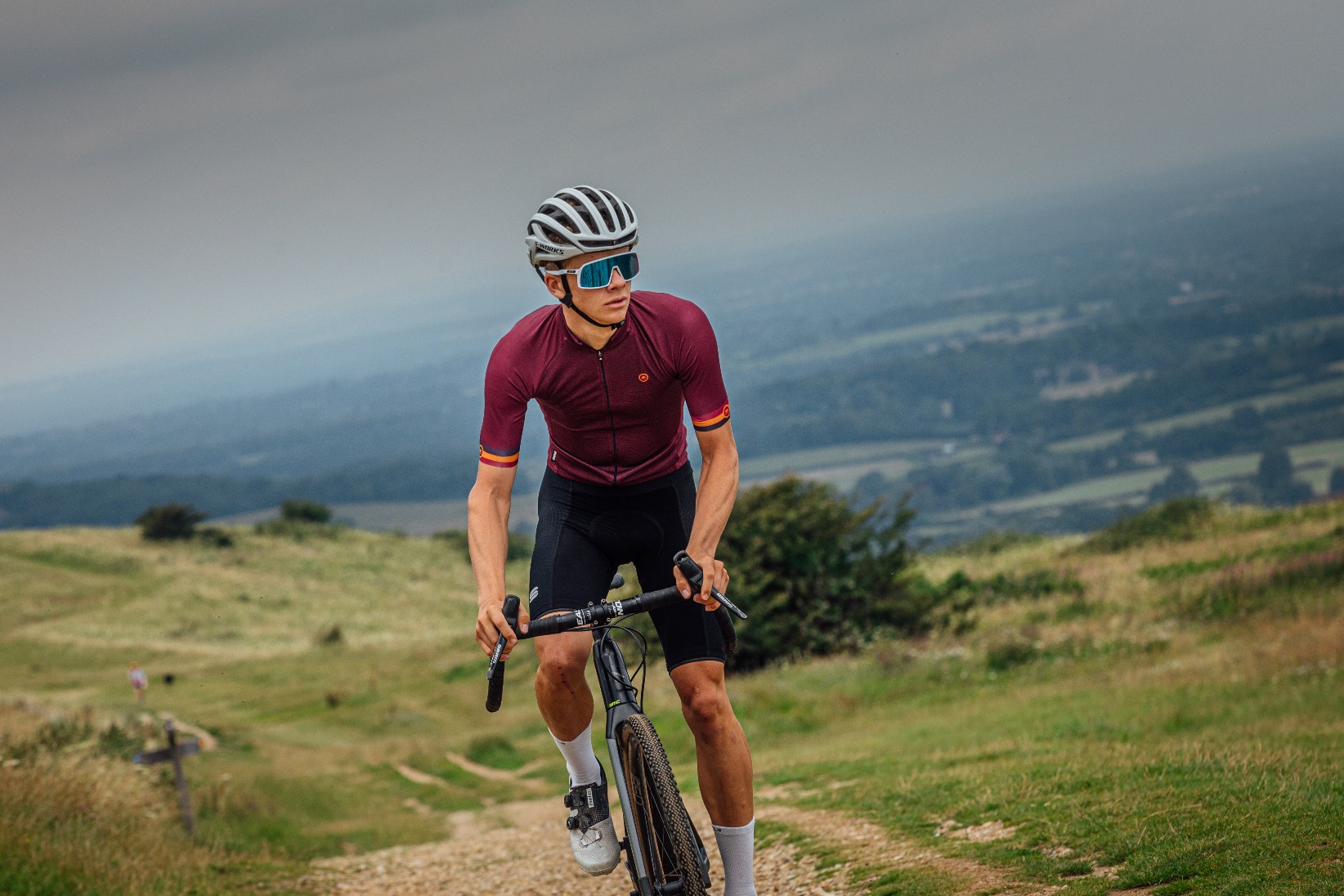
It's widely agreed that the frame is the heart of any bike - the foundation that determines comfort, handling and performance. Big brands spend millions designing frames that fit the broadest range of riders, but mass production has limits. With a set number of stock sizes and geometries, some cyclists are inevitably forced to compromise on fit, comfort or ride quality.
Enter the world of custom frames, where every tube, angle and measurement is tailored to the individual rider. Once a niche, boutique option reserved for the most dedicated enthusiasts, custom geometry is becoming increasingly accessible, with more builders offering semi-custom and full bespoke frames to a growing market.
In 2025, there is also a value argument to be made. It's no secret that superbikes can cost well beyond £10,000/$10,000, meaning that in many cases, a custom build is equivalent or even cheaper than superbikes, and often comes with a better rider experience.
Custom frames promise a perfect fit, improved power transfer, and a ride feel that is dialed to the rider’s exact preferences. They can correct fit issues, accommodate unique body proportions, and even enhance aerodynamics or comfort. The downside is that custom bikes can be pricey and can have long wait times - so do the benefits justify the cost?
What are the custom frame options?
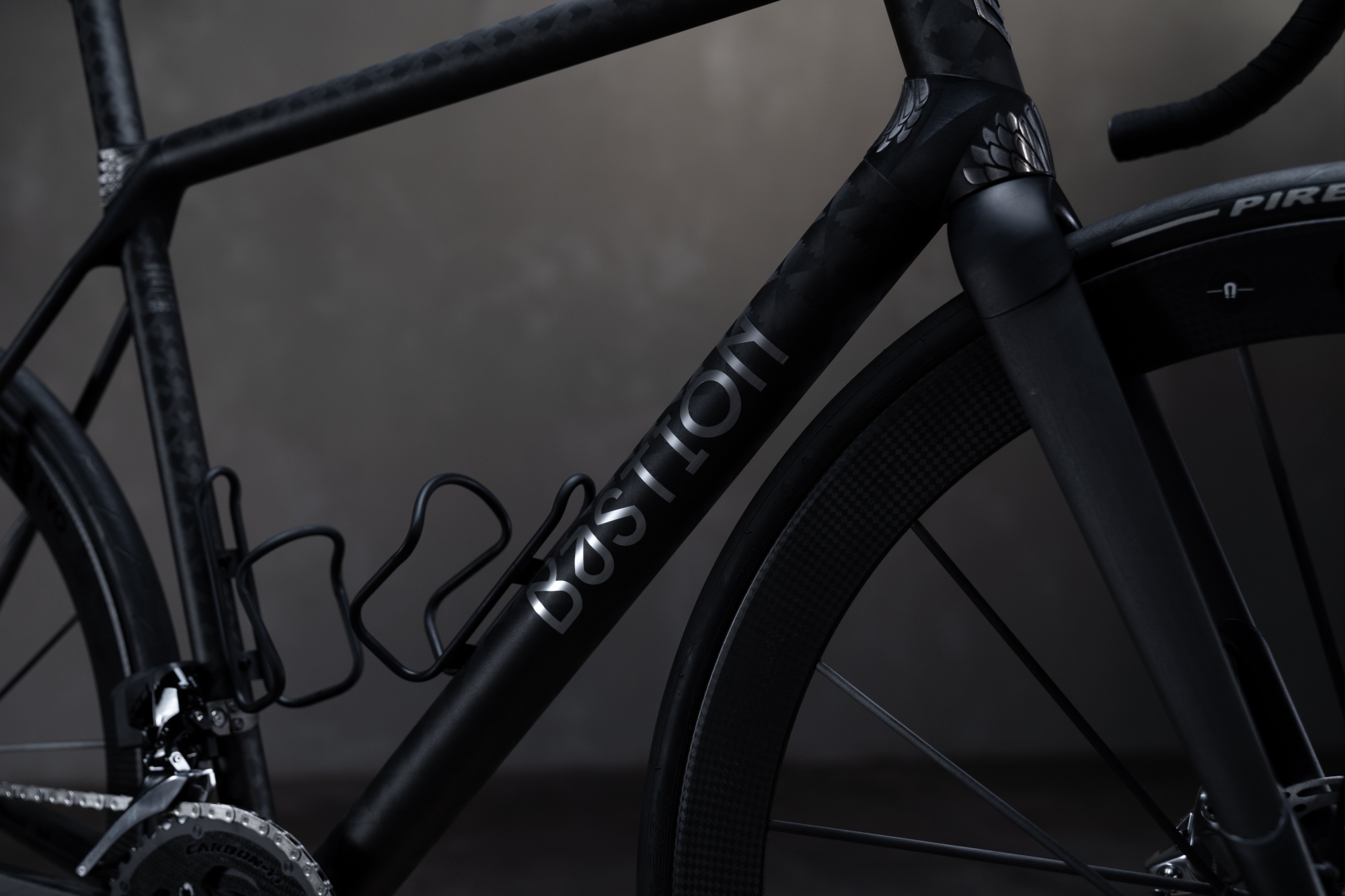
Bastion handcrafts carbon fiber famesets.
Custom bike frames are nothing new. Decades ago, before mass production took over, it was more common for high-quality bicycles to be built to order. Framebuilders worked with individual riders to create steel frames tailored to their specific needs. This bespoke approach was the standard for professional racers and dedicated enthusiasts alike.
As cycling grew in popularity, large manufacturers refined stock sizing, allowing them to standardise production and manufacture more bikes more quickly. By the 1990s and early 2000s, custom frames had largely become the domain of steel and titanium specialists - artisanal builders crafting bikes for those willing to pay a premium for personalised geometry and the ride characteristics of classic materials. Legendary names like Seven Cycles (titanium) and Richard Sachs (steel) kept the tradition alive, catering to riders who valued craftsmanship over mass production.
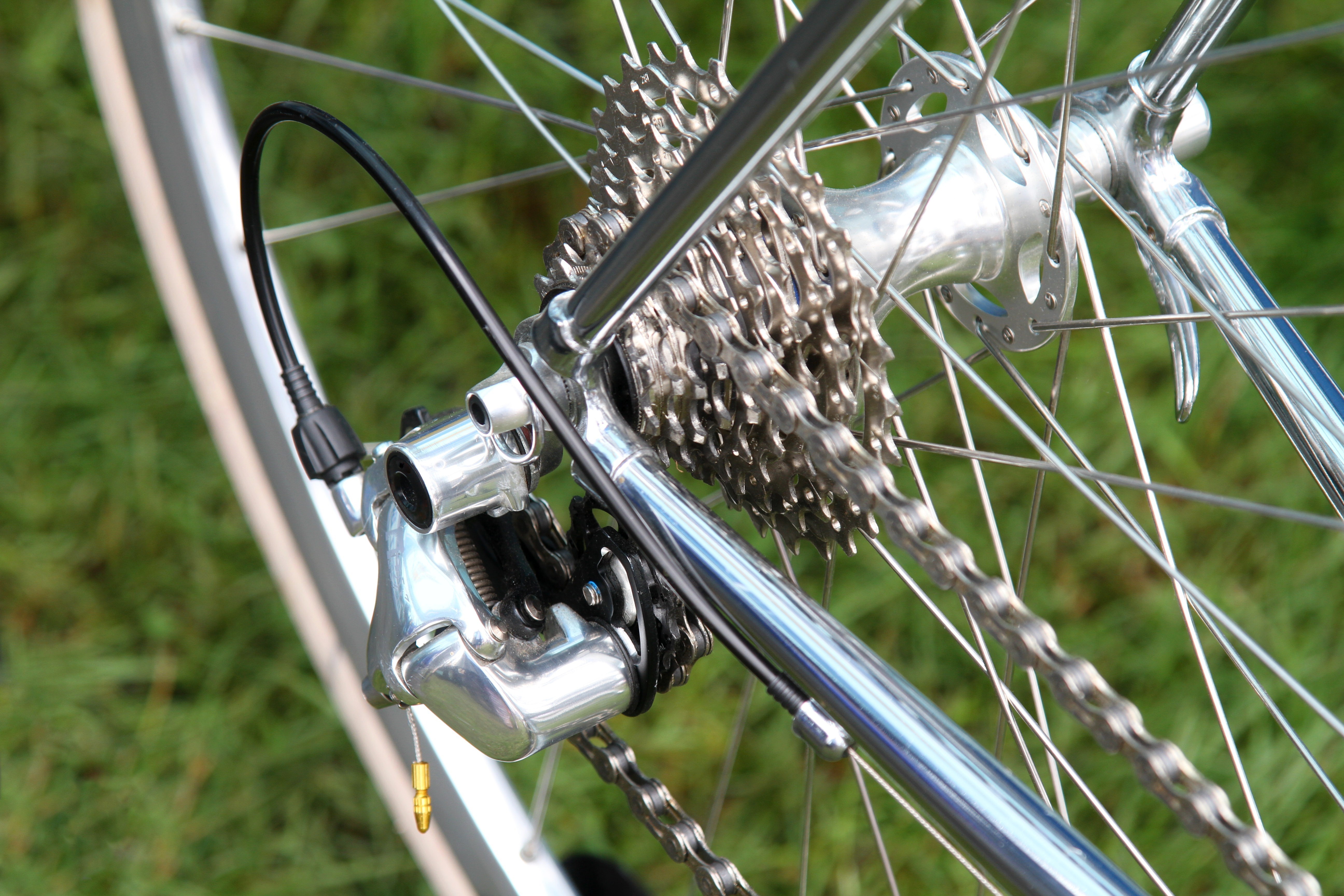
Steel bikes, with their more simple tubing designs are easier to build to a custom specification.
In recent years, even custom carbon frames have gone from very rare to offering to a serious - albeit still niche - alternative to high-end stock models. Previously, full custom geometry in carbon was rare due to the high cost of producing dedicated moulds for monocoque designs. However, advancements in tube-to-tube construction, refined carbon layup techniques and the integration of 3D-printed titanium lugs have made custom carbon not only possible but increasingly practical. Companies like Parlee and Argonaut specialize in fully bespoke carbon frames, while Bastion combines carbon tubes with 3D-printed titanium lugs for a unique balance of stiffness and compliance.
This evolution has expanded the appeal of custom geometry beyond traditional steel and titanium enthusiasts. While custom carbon frames remain a premium option, it does introduce comparable weight, stiffness and handling to off-the-shelf counterparts without the limitations of standardised sizing.
Who are they for?
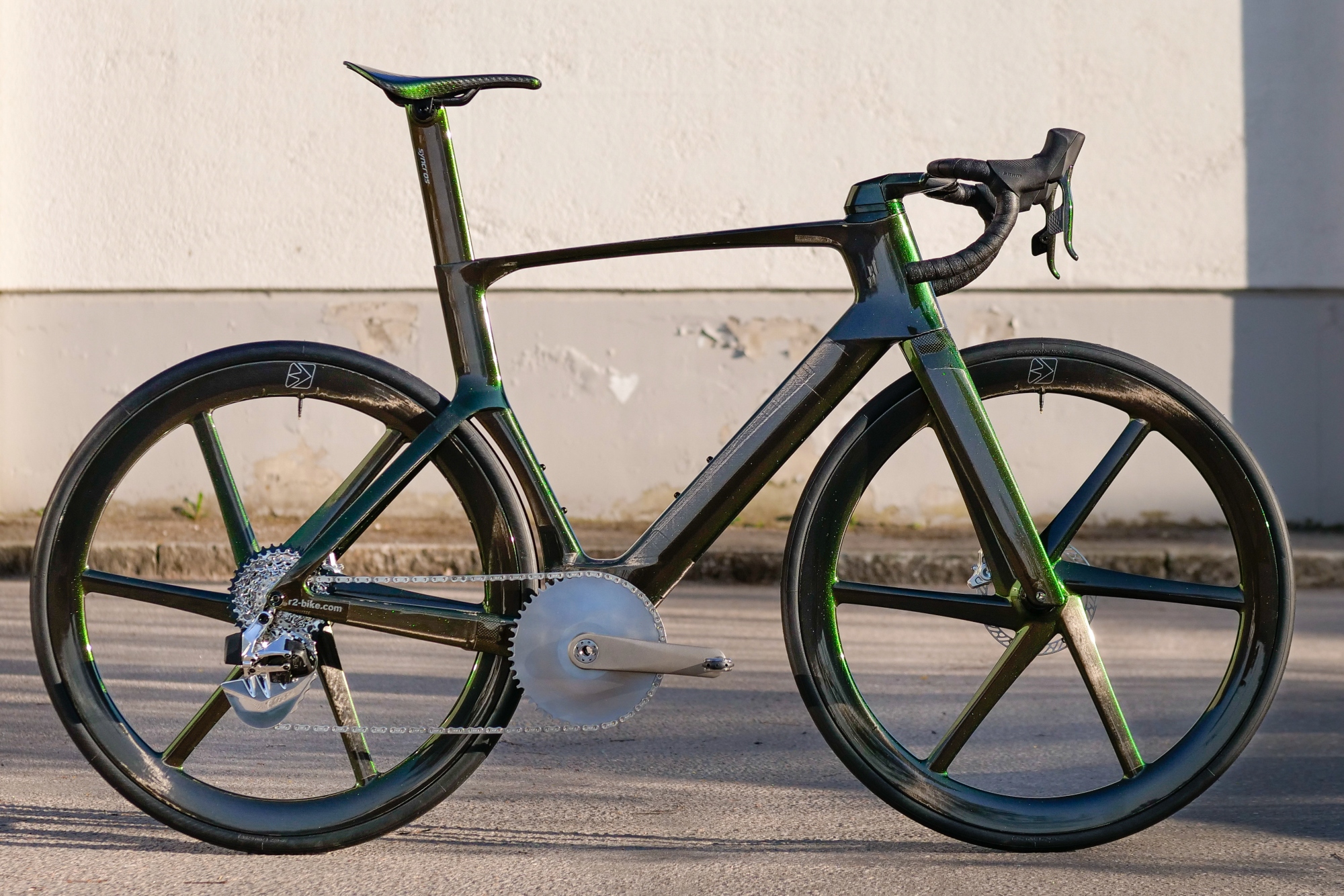
Custom builds and paintjobs certainly have added allure. Above is Dangerholm's Scott Foil RC - a true work of art.
Getting a fully custom-built frame is something that has likely crossed many long-term riders' minds -this author included- but who are they really for? I'm of regular height and built and stock frame geometries fit me just fine. Is a custom frame overkill at that point?
To get a better understanding, I spoke to Lee Prescott, renowned bikefit specialist and director of Velo Atelier. Velo Atelier has built its reputation on over 30 years of frame building and bike fitting, so it's fair to say that it have seen a fair few different use cases over the years.
"Firstly, it's worth clarifying what a custom bike is. For instance, we deal with three levels of 'custom' at Velo Atelier. Firstly, you have customers that wish to take an off-the-shelf frameset and build it with specific components, often with bike fit data to determine the specific cockpit dimensions, crank lengths, and so on."
"Next up, we have what I refer to as 'tailored bikes'. These are companies, such as Pashley or Bastion, that offer a base frame design and allow customers to customise the geometry of the bike. This is great for rider fit but does have some limitations."
"Finally, then, you’ve got what I would describe as full custom or bespoke, which is a frameset designed specifically for you, and is unique within that brand. This generally means a given frameset won't have any shared features synonymous with being part of a range, or family of bikes."
"It's important to outline these differences, as they relate to what each level of customisation has to offer."

Custom fitting, in almost all cases, starts with a full bike fit.
Prescott went on to explain that there are usually three reasons customers take the plunge on a custom steed.
"A fair number of our customers are simply looking for something a little bit to show off on the Sunday bunch ride - think custom paint jobs, with hand-crafted allure.
"Then you’ve got someone who wants a bike that does something you can’t buy. A great example of this is all-road bikes - now they are mainstream but 5 years ago we were making loads of these - people who want something that looks and rides like a road bike with clearance for bigger tyres.
"The third reason would be because you can’t find a production bike that fits you properly. Over the last few years, we are seeing an increase of customers with this issue at either end of the spectrum."
Prescott agreed that a leading reason for this could be the move within the industry towards decreasing the number of products they are producing through tough times within the cycling industry.
Use cases and design difficulties

Often extreme disciplines, such as ultra long distance, require different bike requirements that are much harder to find off the shelf.
The true answer to this question is of course incredibly personal, but that doesn't stop us considering the different use cases, upsides, and downsides of going custom.
We've already touched on rider fit, but this extends beyond just comfort. Tim Allen, Bike fitter and Founder of Soigneur London, explained that particularly in the off-road sphere, there's fun to be had with custom geometry.
"Custom isn’t just about fit, its about how a bike will fit someones specific personal demands. This could be specific mounting points for ultra athletes, or specific handling characteristics. This is often more notable for gravel riding."
Geometry, along with frame material, totally define a bike's riding characteristics, and this is something that can totally change how a bike handles off road. For example, riders with a history of great bike handling may wish for a slightly snappier rear ended gravel bike than what you might find off the shelf. Something that custom length chainstays could help with.
As far as cost is concerned, custom frames do tend to come with added costs, simply down to a longer design and manufacturing process, however, this doesn't have to make them extortionate.
For example, Lee Prescott told Cycling Weekly that one of his current projects, a fully custom gravel bike complete with DT Swiss wheels, and GRX 1x12 speed groupset is set to cost just less than £4000. Though that's hardly going to rival a Canyon gravel bike on price, it falls in the £2000-£4000 bracket which 38% of our audience would consider spending on a new bike, according to a recent poll.
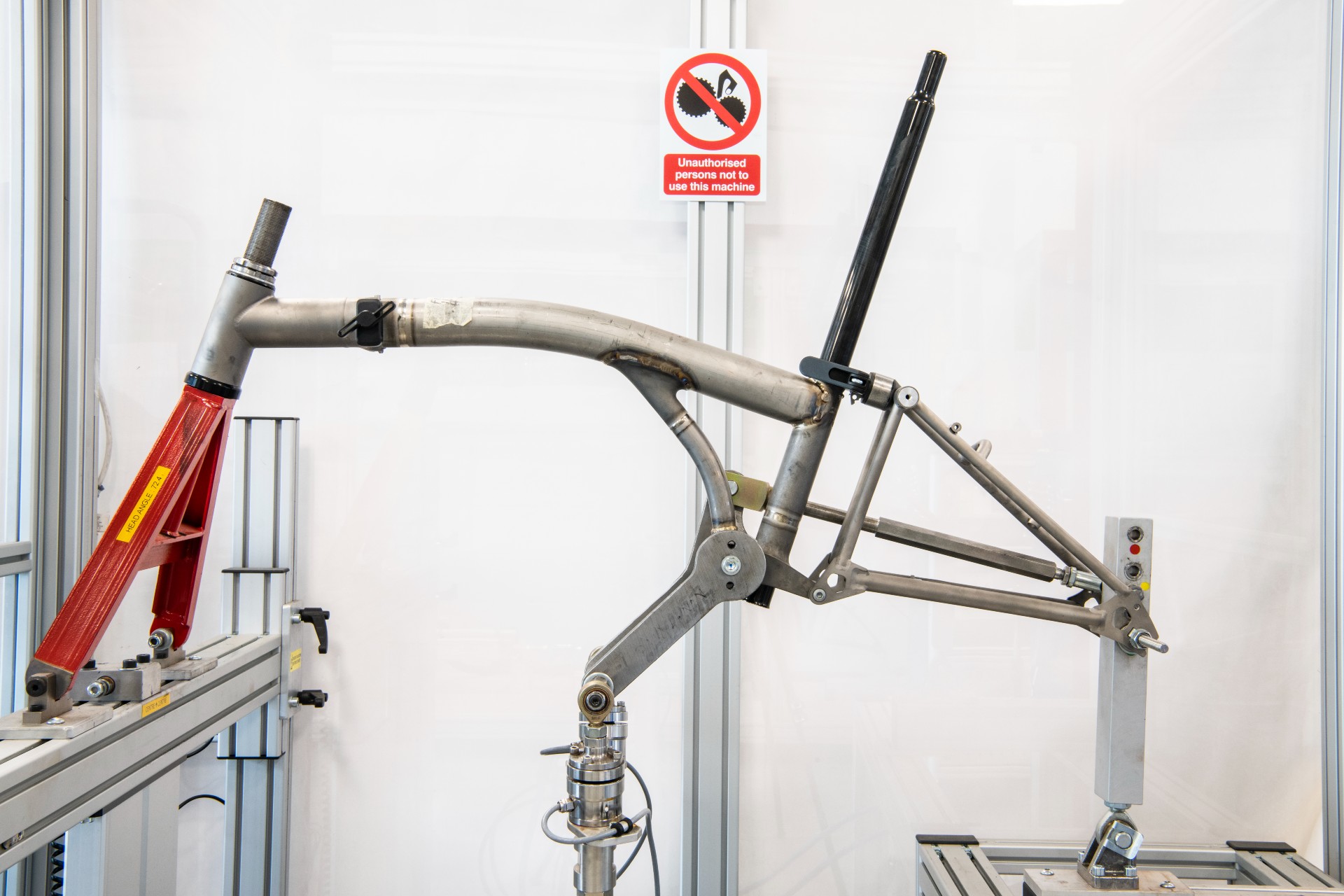
Frames have to stand up to ISO testing, which can pose challenges for custom framesets
By design though, there are difficulties with custom framesets, and in particular, the material safety and performance aspect. With every frameset being totally bespoke ISO standard testing can be a little more tricky, something Tim Allen, having designed multiple bikes, is all too aware of.
"Obviously, when you look at some of the semi-aero super light bikes such as the Tarmac SL8 and new Trek Madone, the engineers have really pushed the boundaries of how much material they can loose while still passing the ISO tests, and you wouldn’t be able to do that with a custom frame geometry, because it wouldn’t be safe.
"There certainly needs to be a built-in safety factor strength tolerance to ensure that any frame is safe, but unless you are building two of every frame and testing, then you have to build in those tolerances."
Of course, any bike will have a safety factor built-in, however, when this frameset is custom-made, the safety factor has to be larger to account for small design differences.
Arguably, this means that custom frames may be less optimised on a weight and stiffness front than their mass-produced counterparts, but many would say these minute differences are a small price to pay for a bike that truly fits you properly. However Tim Allen did allude that this might not always be the case...
What is the future of custom frame technology?
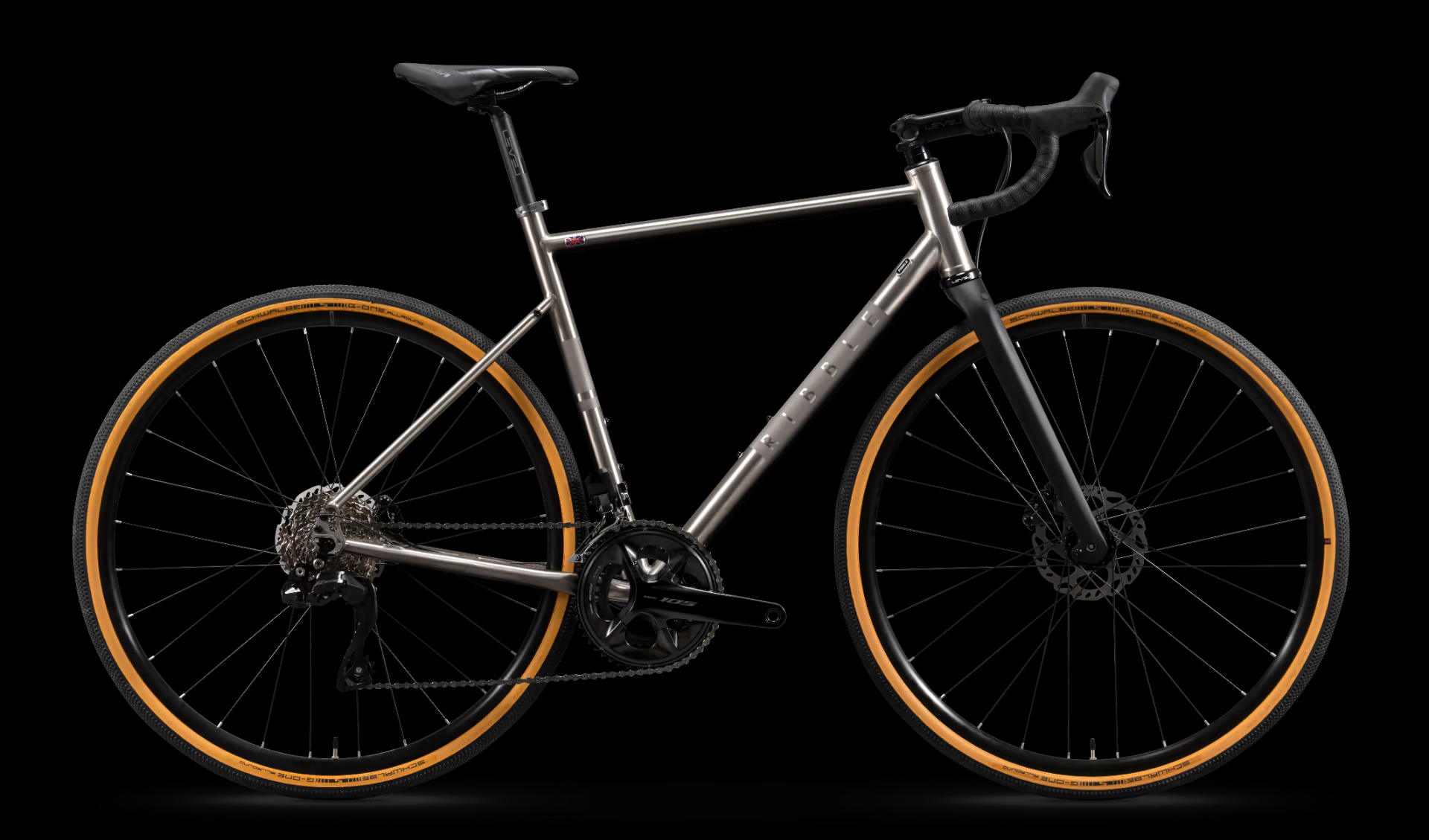
Ribble's CGR Ti is titanium, and features 3D printed elements, but this could just be the beginning for the industry.
We've covered off custom bikes for aesthetics, specific fit, and handling, but what about the performance road bike industry?
Well, Tim Allen thinks that the performance custom road bike market could become more mainstream in the not too distant future.
"I think the main interest comes from the advancements in 3D printing technology, particularly in the titanium space. The potential to 3D print a full bike is just around the corner, and that opens up a whole host of potential customisation ideas to optimise a bike specifically for a rider.
"For example, for professionals, it might be possible to create framesets that have a lower bottom bracket, which along with shorter cranks, may allow for a more aerodynamic system."
It's certainly an interesting thought, and one that seems entirely possible. With the improvements in material technology, alongside rapid movements in the AI space, the ability to have a fully customised race bike doesn't seem out of the question - though at what cost, is rather another question.

Thank you for reading 20 articles this month* Join now for unlimited access
Enjoy your first month for just £1 / $1 / €1
*Read 5 free articles per month without a subscription

Join now for unlimited access
Try first month for just £1 / $1 / €1
Get The Leadout Newsletter
The latest race content, interviews, features, reviews and expert buying guides, direct to your inbox!

Joe is Cycling Weekly's tech writer. He's always had a love for bikes, since first riding a two wheeled steed before the age of four. Years down the line, Joe began racing at 16, and enjoyed great experiences internationally, racing in Italy, Spain and Belgium to name a few locations. Always interested in tech, Joe even piloted his Frankenstein hill climb bike to a Junior National Title in 2018. After taking a step back from elite level racing in April 2022, Joe joined our team as a freelancer, before becoming Tech Writer in May 2023.
You must confirm your public display name before commenting
Please logout and then login again, you will then be prompted to enter your display name.
-
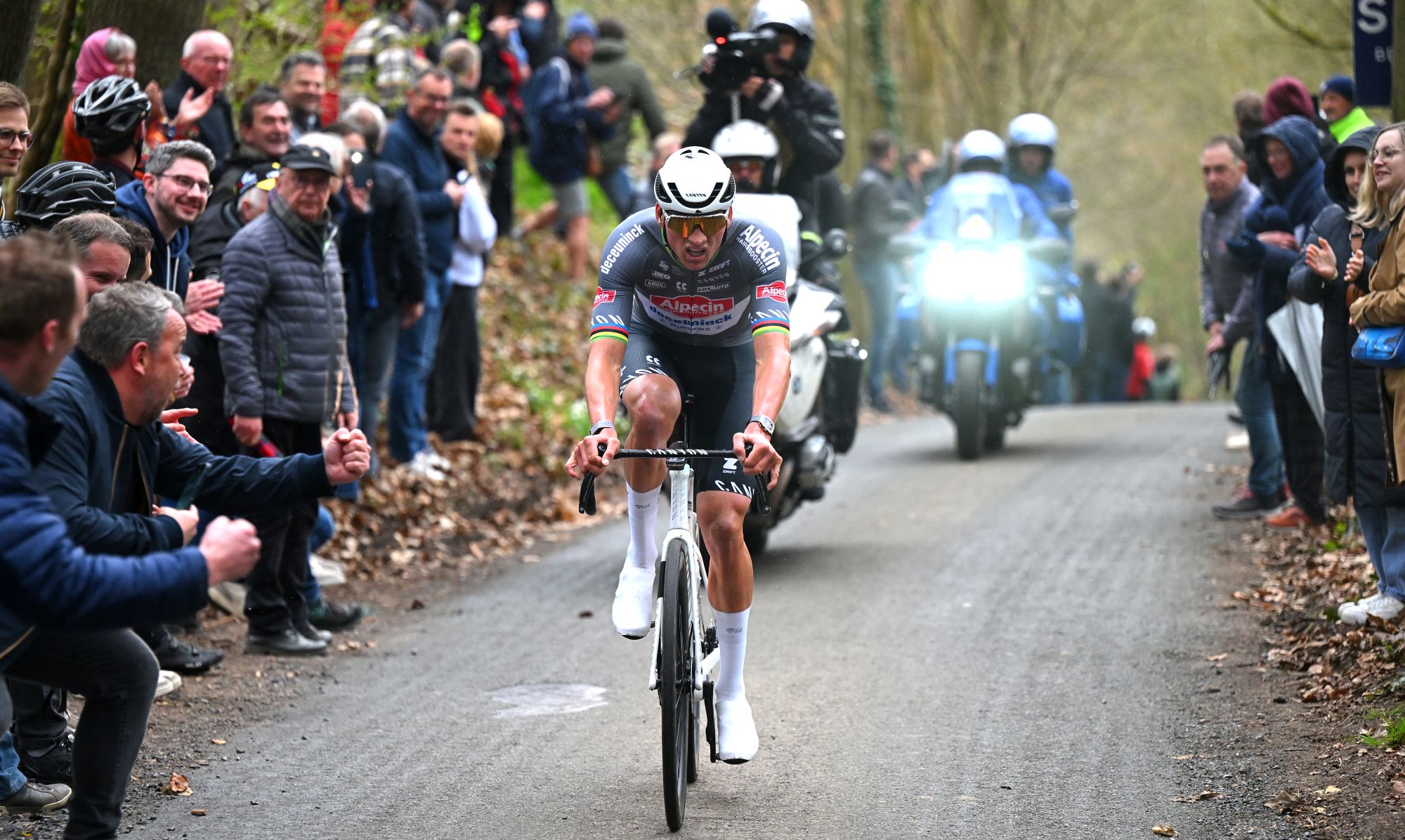 'I start every race to win' - Mathieu van der Poel fired up ahead of Paris-Roubaix showdown with Tadej Pogačar
'I start every race to win' - Mathieu van der Poel fired up ahead of Paris-Roubaix showdown with Tadej PogačarTwo-time winner says he has suffered with illness during spring Classics campaign
By Tom Thewlis Published
-
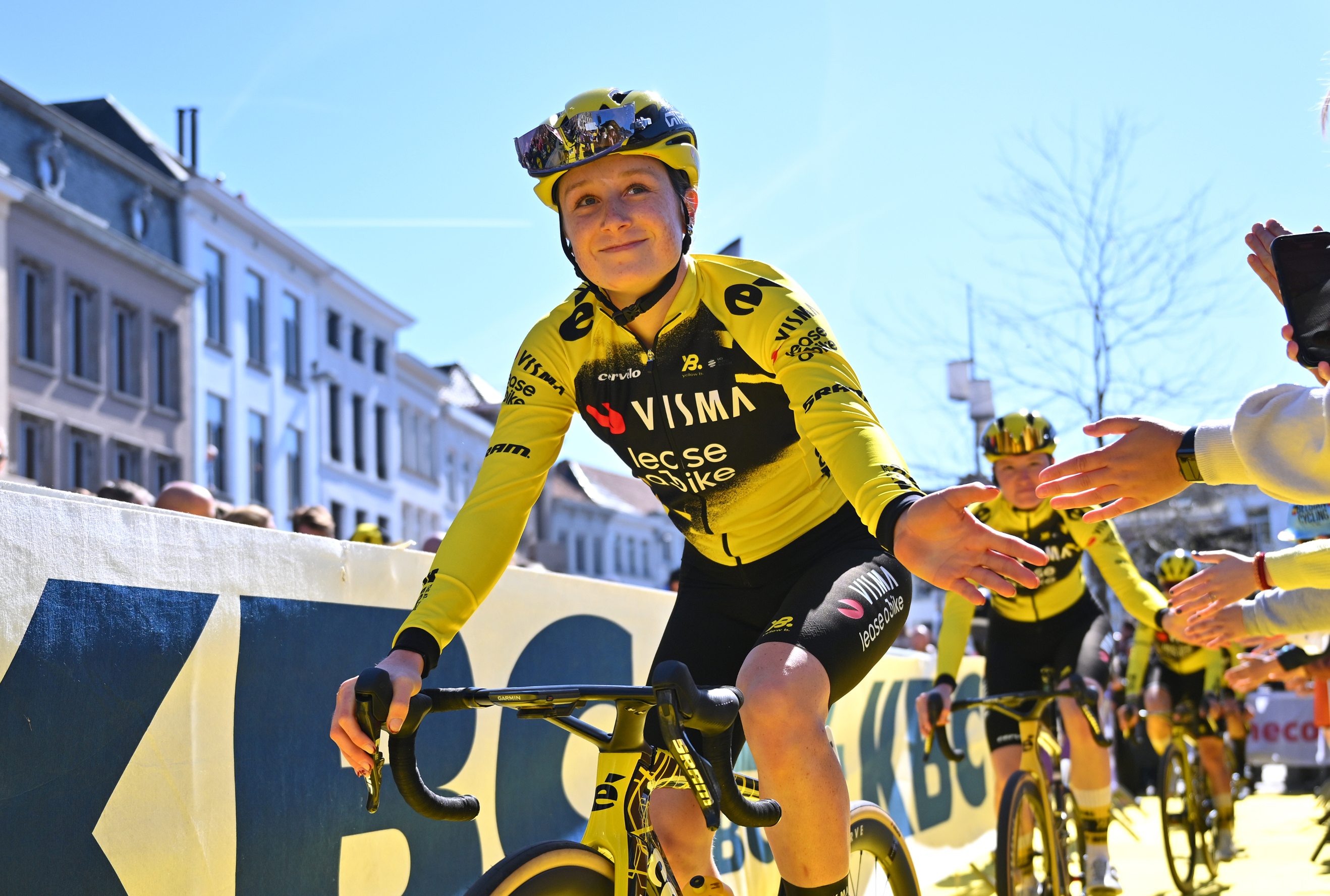 'It's really surreal that now I'm part of it' - 19-year-old Imogen Wolff set to go from spectator to racer at Paris-Roubaix
'It's really surreal that now I'm part of it' - 19-year-old Imogen Wolff set to go from spectator to racer at Paris-RoubaixBrit first came to see the 'Hell of the North' when she was six
By Tom Davidson Published